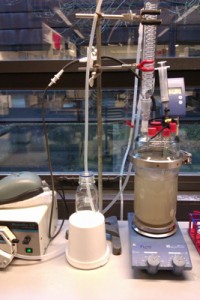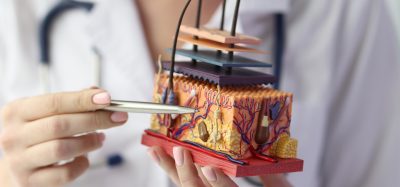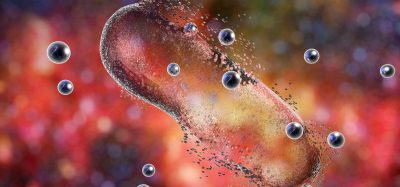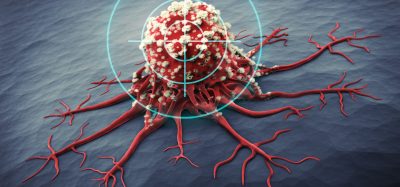Researchers try to turn acid-loving S. islandicus into a drug-carrier
Posted: 5 November 2015 | Victoria White
Researchers have shown that the microbe S. islandicus, normally found in hot and acidic volcanic springs, is capable of delivering drugs to the human body…


Researchers have shown that the microbe S. islandicus, normally found in hot and acidic volcanic springs, is capable of delivering drugs to the human body.
The microbe S. islandicus has a unique talent for thriving in acidic environments. This talent would allow the microbe to safely pass through the human stomach, where harsh acidic conditions rule, and this makes the microbe interesting for scientists working with delivering drugs to the human body.
“One of the major challenges in pharmacy is to find ways to carry and protect drugs on their passage through the stomach. Many drugs may be absorbed through the intestines, so it would be a great help to be able to transport drugs safely through the stomach to the intestines”, explains Sara Munk Jensen, Ph.D. student at both the Nordic Centre for Earth Evolution (NordCEE), Department of Biology and the Department of Physics, Chemistry and Pharmacy, University of Southern Denmark (SDU).
Researchers used S. islandicus to contrust a nano-capsule
Jensen and her colleagues have managed to use S. islandicus to construct a nano-capsule that can transport drugs safely through the stomach.


S. islandicus being grown in the lab of University of Southern Denmark. CREDIT: SDU
The researchers isolated lipids from the cell membrane of S. islandicus in the laboratory and used these to construct liposomes. After construction, the new molecules were loaded with a dye and placed in solutions equivalent to the acidic environment in the stomach. After one and a half hours it was time to see if some of the liposomes had survived the exposure and if they still retained their content of dye. One and a half hours roughly equals the time that a tablet must be able to withstand the hostile environment of the stomach before natural peristaltics pushes it forward to the intestines.
Some of the liposomes in the experiment were destroyed — but not all. Approximately 10% survived the strong acidic solution and still contained the dye after the time elapsed.
Research could lead to tablet-form insulin
“We started with a completely crude extract of membrane molecules from S. islandicus. Normally, rather pure compounds are employed when making liposomes, but here I took all the fat molecules to see how far you can get with crude, non-purified material. If 10 percent of the liposomes created on this basis can survive, then it is plausible that even more will survive if we begin to purify the molecules”, explains Jensen.
She believes that some 85% the liposomes need to survive the journey through the stomach before drug companies can start developing oral peptide-drugs like insulin.
Jensen’s research is relevant for different drugs as growth hormones, vaccines and insulin. Many diabetics need to daily inject insulin directly into their body, and they would benefit greatly by taking insulin in a tablet instead. Not only is it easier to take a tablet than inject; when insulin is absorbed from the small intestine it is released into the body in a more natural way than when injected, and this has the potential to improve the patient’s treatment.
Related topics
Drug Delivery
Related organisations
South Denmark University







